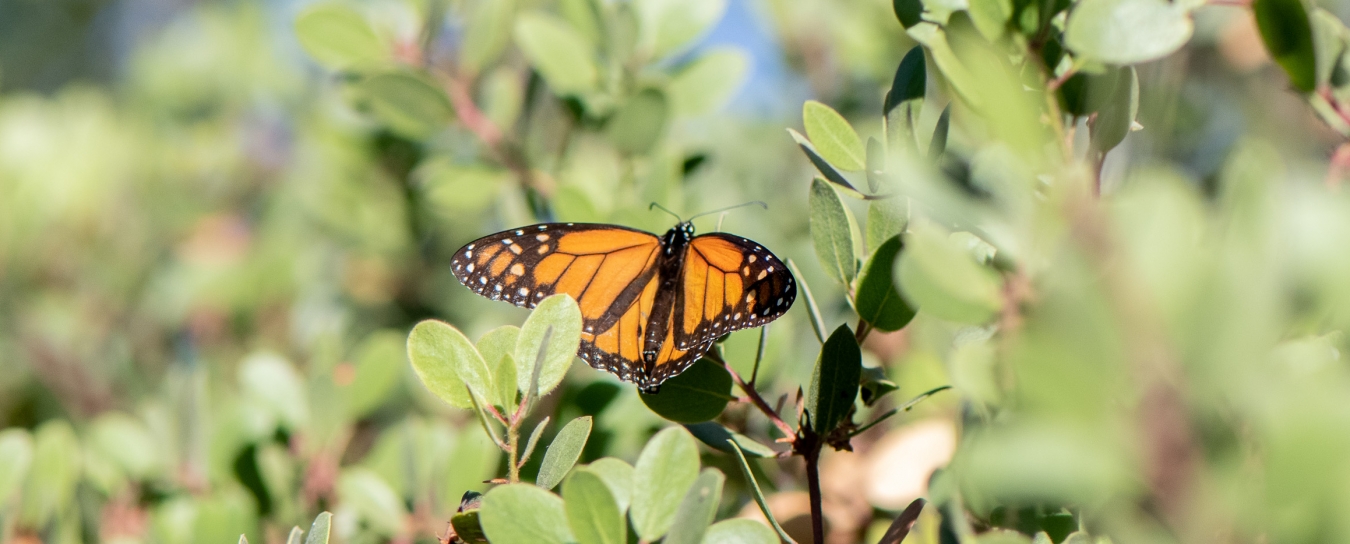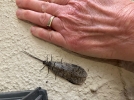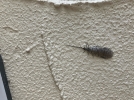
Invertebrates
See our handy guide to critters found in local homes and our Central Coast Butterfly FAQ. Browse the insects and other terrestrial arthropods we’ve identified. Check out local marine invertebrates, particularly bivalve mollusks and intertidal organisms.
- Anthropology
- Rocks & Fossils
- Invertebrates
- Vertebrates
- Botany
- Astronomy
- Fungi
- General
- Recently Asked
What is this Insect?
Hello,
The insect in the attached photos showed up outside the door to my home a few days ago and it is still there. The wings are 2 inches long and the insect is 3-3/4 inches long from wing tip to antenna end.
The second photo shows my hand next to the insect; my pinkie finger is 2 inches long.
I tried to figure out what it is and think it might be some type of moth, but it really did not look exactly like the photos of the moths that I found online in places like insectfinder.org.
I would like to know what it is and why it just stays put on the wall outside my home.
Thank you.


Curator Response
Dear Laurie,
Thank you for sending us these photos. This eye-catching critter belongs to a small group of insects called the Megaloptera, or fishflies. The one pictured here is a male of our most common species in Southern California, Neohermes filicornis. While most fishflies are remarkable for their large size, this species is extra cool for its stream-inhabiting larvae, sometimes known as hellgrammites, that take 3–4 years to develop. The larvae in our local streams often have to endure cycles of stream drying, and they do so by burrowing into the streambed. I can tell this one is a male based on the bead-like antennae. In females, the antennae are narrower, smooth, and hair-like.
Fishflies are often attracted to lights at night, hence this one’s appearance on the outside of your home. The winged adults live only 1–2 weeks, and during this time their only jobs are to disperse and reproduce; this one may have finished its activities and is perhaps “laying low” until its expiration date.
Stay curious,
Schlinger Chair and Curator of Entomology Matthew Gimmel, Ph.D.

